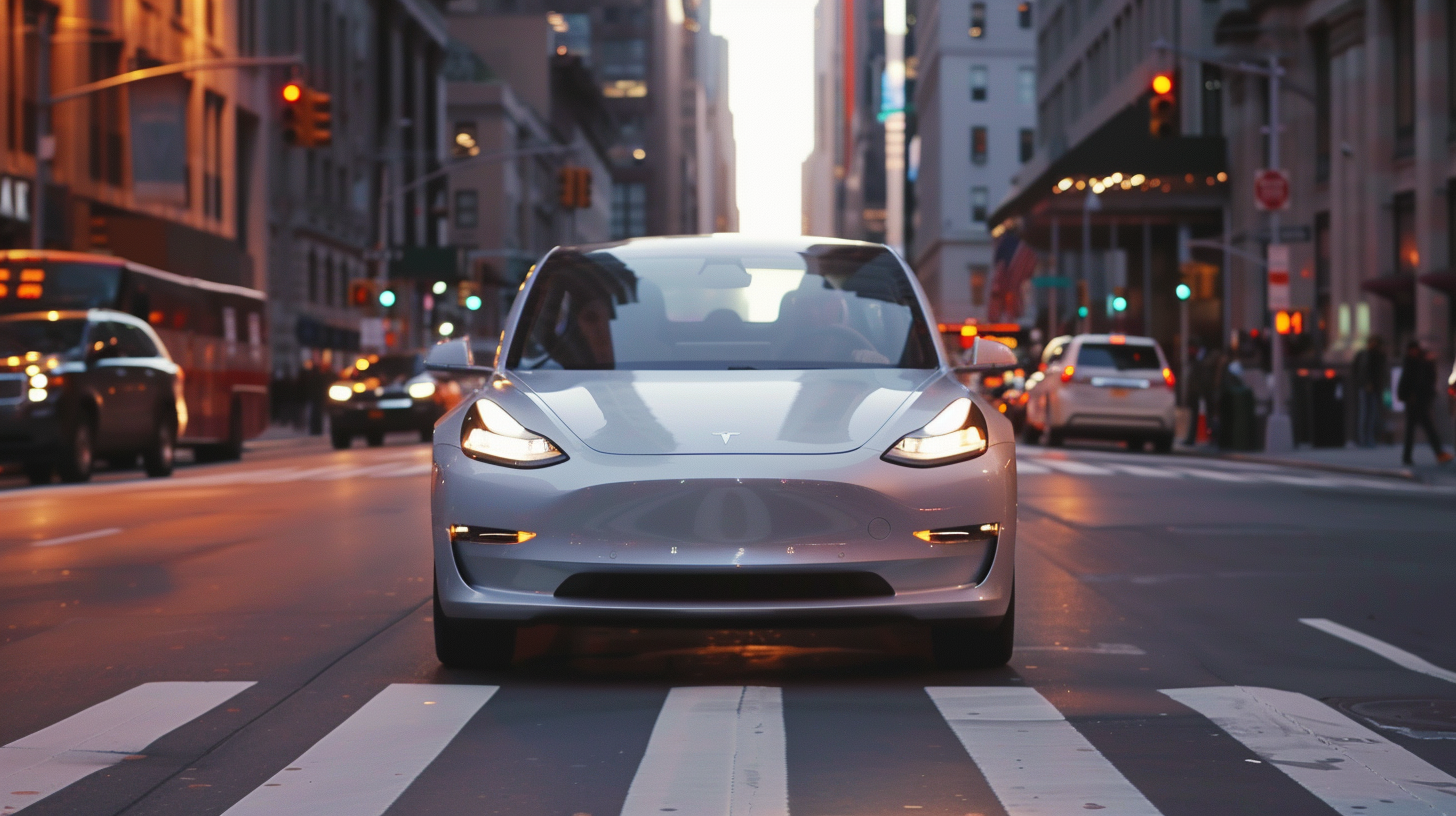| Key Points: – Tesla launches its first robotaxi service in Austin with a limited group of early users. – CEO Elon Musk praised the Tesla AI and chip teams and said rides cost a flat $4.20. – Despite some operational hiccups, Tesla aims to scale rapidly, challenging Waymo and other rivals. |
Tesla’s robotaxi service is currently running on a fleet of Model Y vehicles equipped with its advanced Full Self-Driving (FSD) Unsupervised software. The service is invite-only for now, offered to a community of Tesla enthusiasts, investors, and influencers who frequently promote the company across platforms such as X and YouTube.
Customers participating in the early rollout are charged a flat fare per ride, a detail personally shared by Tesla CEO Elon Musk. In typical fashion, Musk publicly celebrated the milestone, praising the Tesla AI and chip design teams for building the autonomous system from the ground up.
Many early riders reported smooth experiences with the service, some even completing numerous trips without issues. However, concerns remain. Observers have captured footage of the robotaxis performing unexpected maneuvers — including briefly driving against traffic or braking sharply in response to nearby vehicles. Critics argue that these incidents highlight the need for more transparency around safety and system limitations.
Tesla’s autonomous driving system has evolved significantly over the years. The company’s standard Autopilot and premium FSD Supervised features are already available in new EVs, offering capabilities like lane-keeping and automated navigation. However, the fully driverless system powering the robotaxi remains in limited release and is not yet available to the broader public.
The move into robotaxis puts Tesla in direct competition with established players such as Alphabet’s Waymo, which operates a growing fleet of driverless vehicles across multiple U.S. cities. In China, companies like Baidu’s Apollo Go and WeRide are also scaling rapidly, logging millions of autonomous trips annually.
Despite joining the race later than some of its competitors, Tesla brings brand power and a vertically integrated tech stack that could help it catch up quickly. Musk has previously said the company aims to deploy hundreds of thousands — if not over a million — fully autonomous vehicles in the coming years.
The initial rollout has not been without controversy. Some lawmakers and public safety advocates have urged Tesla to delay its robotaxi launch until more rigorous testing and safety data are available. Nonetheless, the company has pushed forward, confident in the capabilities of its proprietary AI systems.
As Tesla expands its service to new cities and gathers feedback from early riders, the robotaxi project is poised to reshape not only how people move but how they think about the future of car ownership, public transit, and automation. Whether Tesla can deliver safe, scalable, and competitive robotaxi experiences remains to be seen — but it’s clear that the road to autonomy has officially begun.
